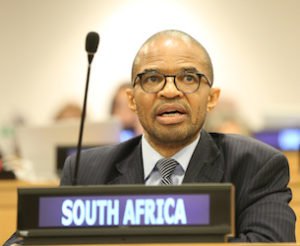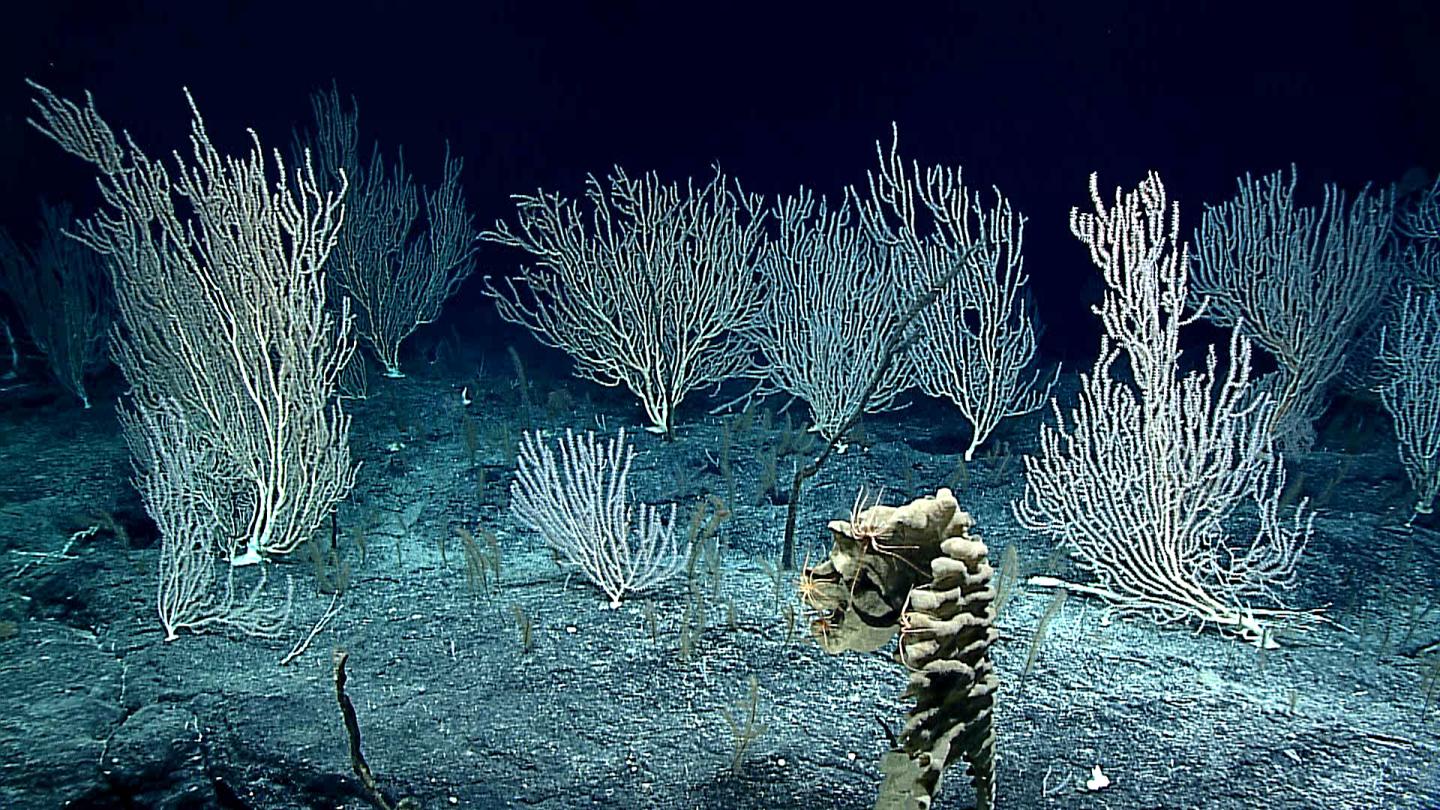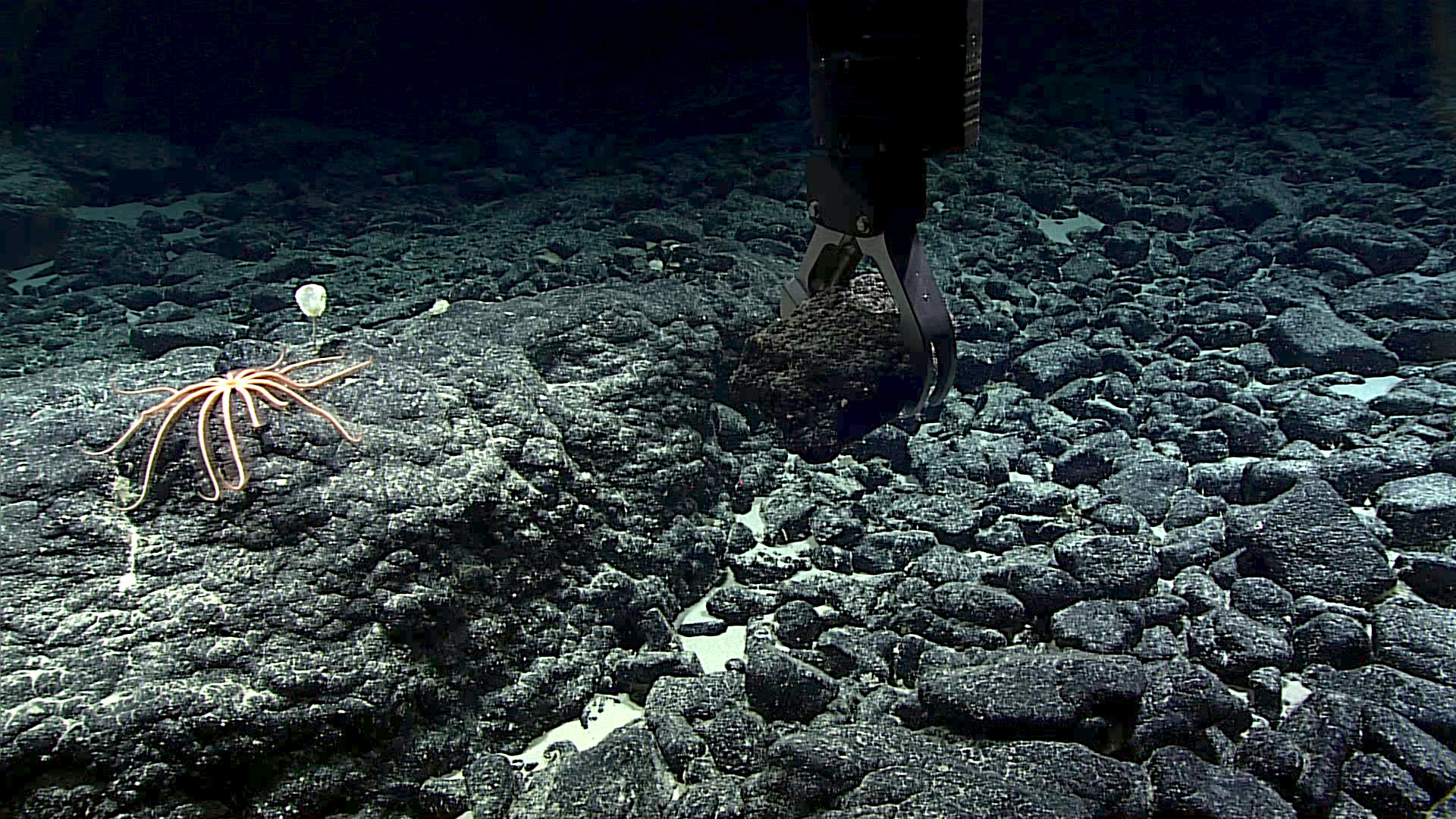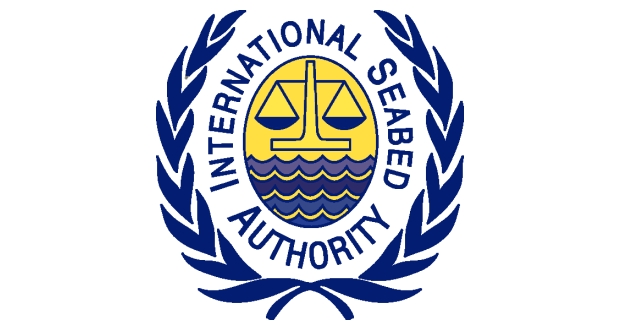As we move into the International Seabed Authority’s (ISA) 24th annual meeting (part 1), DSM Observer caught up with some of the seabed mining community’s key actors to ask them a single question, “What is the biggest single issue facing the ISA this year?”
The respondents, representing a range of stakeholder groups, include an ISA Contractor, an environmental observer, an African Group representative to the ISA, and the head of the ISA Secretariat, Secretary-General Michael W. Lodge.
Their responses – while diverging on details – reveal a high degree unanimity across stakeholder groups on the overall direction the ISA needs to move.
Here is what they had to say:
Kris Van Nijen
General Manager
Global Sea Mineral Resources (GSR) / DEME Group
The biggest single issue facing the ISA in 2018 is completing the next draft of the exploitation regulations by the July Council meeting, with particular attention to filling the current gaps on the environmental requirements, the payment mechanism, and the monitoring and enforcement regime, so that the revised draft can be submitted to stakeholder consultations as soon as possible thereafter. It will be off critical importance to keep the momentum going leading to a stable and predictable financial & regulatory framework, permitting continued investment from the private and public sector.
Michael W. Lodge

Kristina Gjerde
Senior High Seas Advisor
IUCN Global Marine and Polar Programme
The biggest single scientific issue is how to address the major gaps in understanding of the impacts of seabed mining, especially related to the extent, duration and potential toxicity of plumes and related impacts on marine life throughout the water column as well as on coastal states. And the biggest legal issue is how this vast uncertainty can be addressed in the context of the draft exploitation regulations in light of the overarching obligations to ensure effective protection of the marine environment from harmful effects and to avoid serious harm.
Thembile Joyini
Principal State Law Adviser (International Law)
Department of International Relations and Cooperation
Republic of South Africa

The biggest single issue facing the International Seabed Authority (ISA) this year is the development of the Draft Regulations on Exploitation of Mineral Resources in the Seabed beyond areas of national jurisdiction. The biggest challenge for ISA in this process is balancing the conflicting obligations which are (i) the exploitation activities of mineral resources for the benefit of mankind as a whole and (ii) effective protection of marine environment from harmful effects which may arise from such activities. These obligations emanate from the 1982 United Nations Convention on the Law of the Sea. For instance, Article 140 states that “activities in the Area shall be carried out for the benefit of mankind as a whole” whilst Article 145 states that “Necessary measures shall be taken in accordance with this Convention with respect to activities in the Area to ensure effective protection for the marine environment from harmful effects which may arise from such activities”. By the way, the draft regulations must make it clear that the exploitation activities in the Area are carried out in terms of the principle of the Common Heritage of Mankind (CHM) because the Area and its resources are the CHM (Art 136). This is not reflected in the current version of the draft regulations. Another challenge in this process is specifying in the draft regulations how the ISA is going to give effect to the principle of the CHM in terms of the Convention, more particularly, how fair and equitable benefit sharing will be realized. There is also a need for a payment mechanism that balances commercial interests with a fair and equitable return to the CHM. This is an obligation in the Convention and it reads, “The Authority shall provide for the equitable sharing of financial and other economic benefits derived from activities in the Area through any appropriate mechanism, on a non-discriminatory basis”, in accordance with Articles 140(2) and 160, paragraph 2(f)(i). The last biggest challenge in this process is specifying in the draft regulations how the ISA is going to protect the developing countries from adverse effects on their economies or on their export earnings resulting from a reduction in the price of an affected mineral, or in the volume of exports of that mineral, to the extent that such reduction is caused by activities in the Area, as provided in articles 150 (h) and 151.






